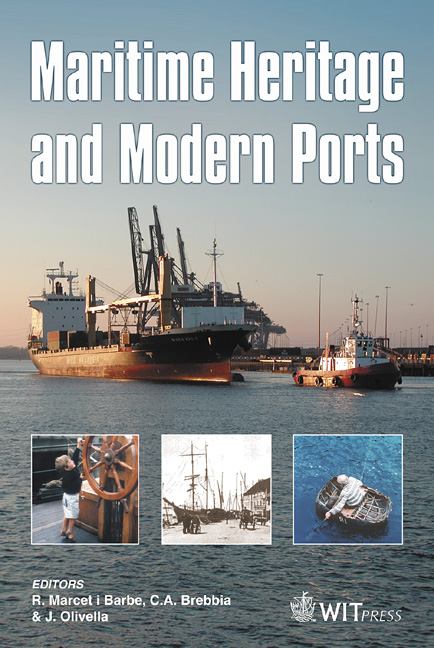The Villages And Out Ports Of Sørlandet In Southern Norway: Maritime History And Heritage Staged For Tourists
Price
Free (open access)
Transaction
Volume
79
Pages
16
Published
2005
Size
308 kb
Paper DOI
10.2495/MH050221
Copyright
WIT Press
Author(s)
B. E. Johnsen
Abstract
After 1880 Sørlandet in Southern Norway, the centre of the traditional shipping industry, was hit hard by the crisis that afflicted this trade. Yet, as one industry declined, so another – tourism – emerged. During the 20th century, both the coastal landscape and its perceived maritime culture were \“adopted” by the tourists and adapted for tourism. Tourists \“invaded” the coastal areas, the small out ports and the maritime villages with their profusion of white lapboard houses. Existing facilities were altered and reinterpreted. The maritime working culture was \“implanted” into leisure activities. Today, Sørlandet is the most important summer holiday resort area for Norwegians. Tourists and tourism mark the landscape, and put heavy pressure upon it. But the historic architecture of the villages and out ports is still relatively well preserved. This paper seeks to describe and analyse the growth of tourism, and examine how the maritime culture – particularly of the small villages and out ports – has been recycled and re-used as part of the overall seaside tourism product. Although specifically a case study of Sørlandet in Southern Norway, this paper also intends to discuss the broader aspects of this development and attempts to cast new light on the general focus of maritime culture within the overall context of tourism. Keywords: villages, out ports, shipping, maritime, coastal landscape, culture, tourism, leisure. 1 Introduction In many places around the world, including Sørlandet, tourism is a relatively new industry still defining its place within an older territory already marked by
Keywords
villages, out ports, shipping, maritime, coastal landscape, culture, tourism, leisure.





